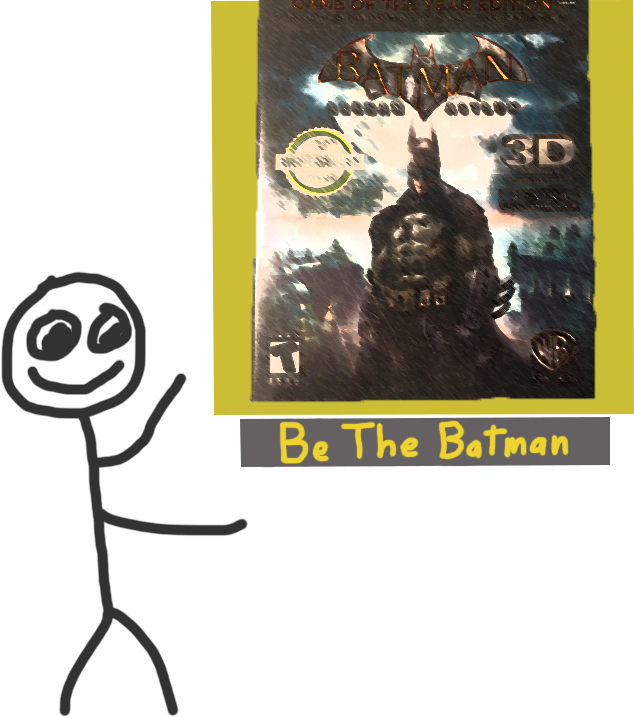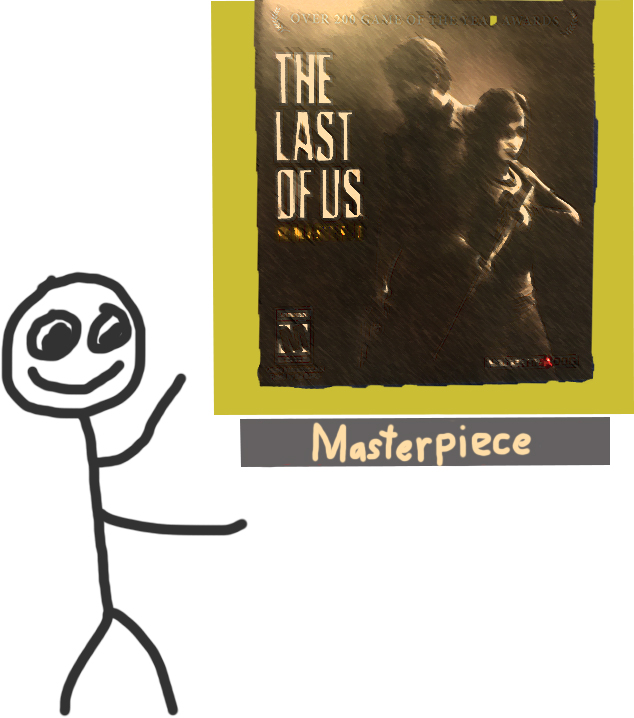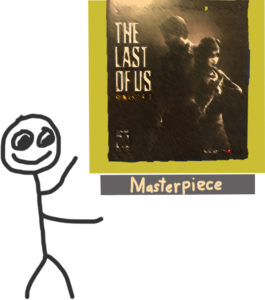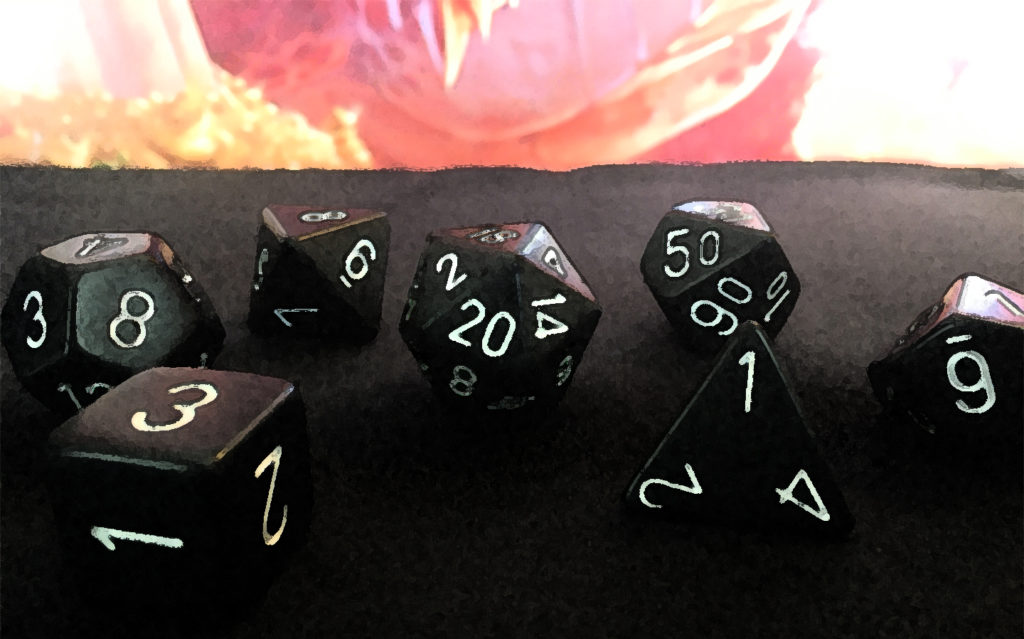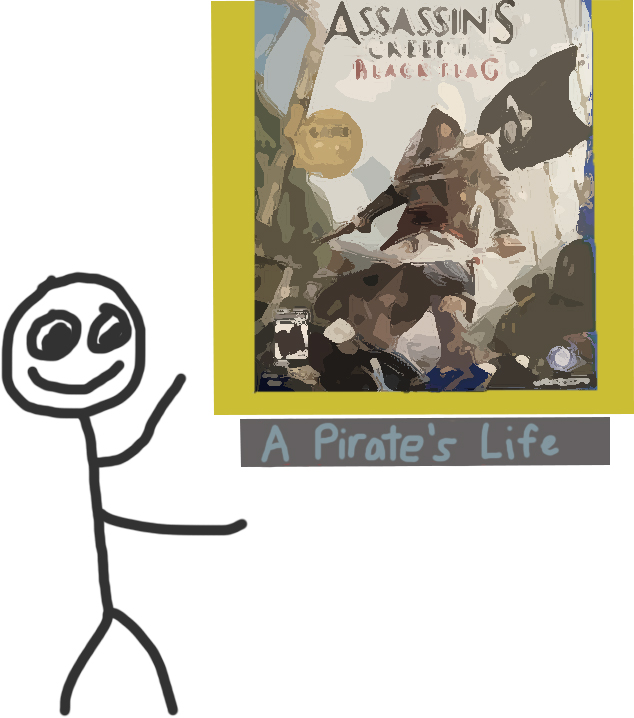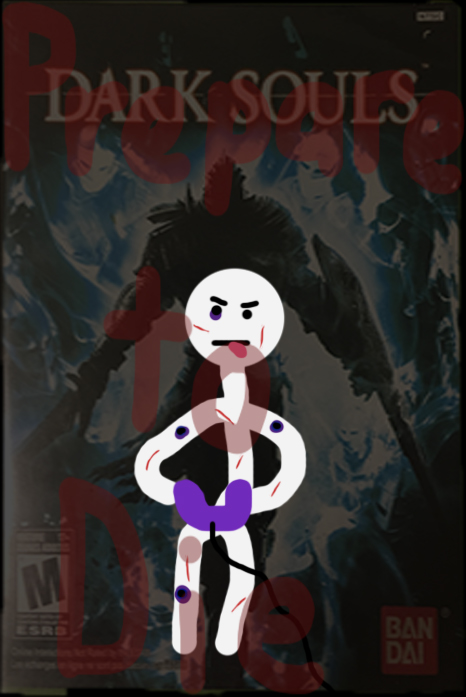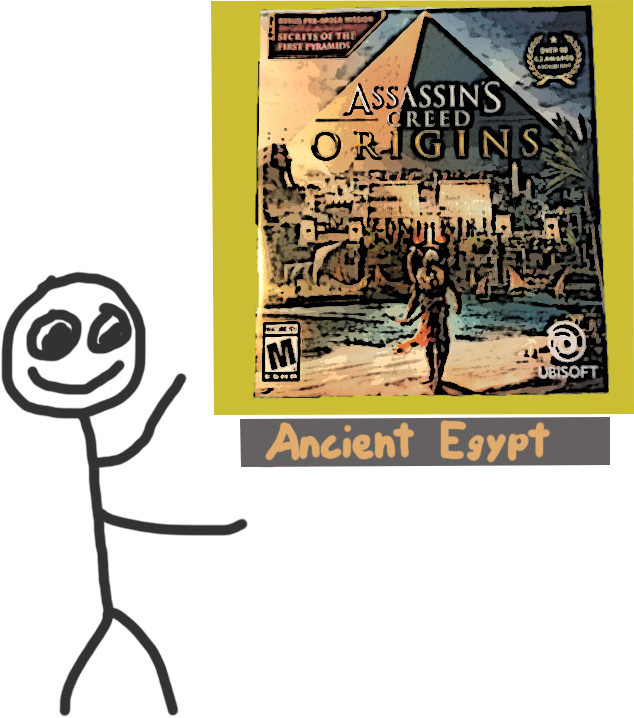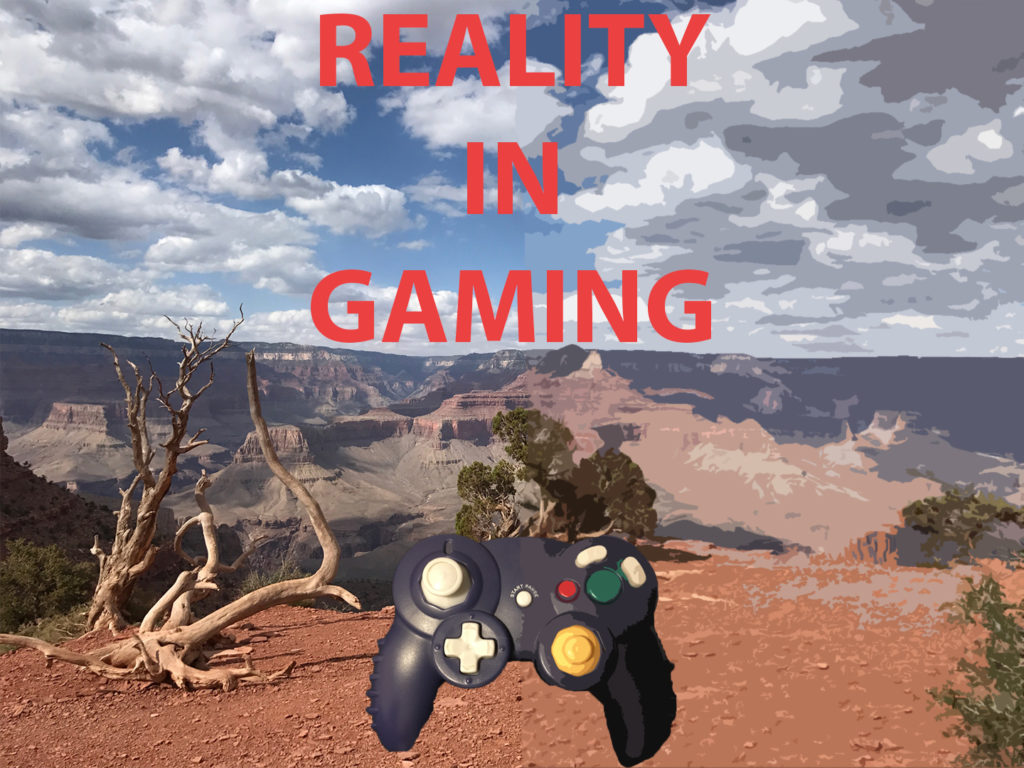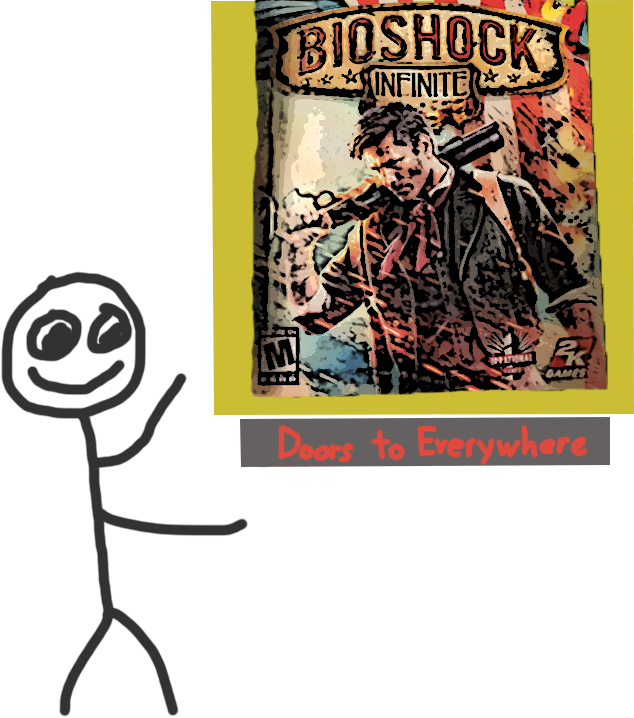Video Games ARE Art: Batman – Arkham Asylum
VIDEO GAME ARE ART:
BATMAN - ARKHAM ASYLUM
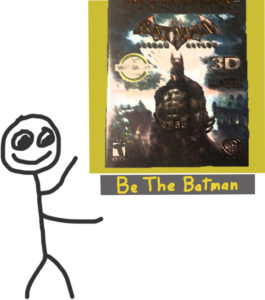
Art is defined as the expression or application of human creative skill and imagination to be appreciated primarily for beauty or emotional power. Typically, when one thinks of traditional art forms, paintings and sculptures are the first things to come to mind. However, over time, other mediums have been accepted under the art umbrella. Music, literature, and photography have, over time, been lumped into the art category and, most recently, movies and television have joined the ranks. Now, in the 21st century, we have a new medium that is just as large and impactful as those previously mentioned: video games.
Compared to the other forms of art mentioned, video games are most like movies and television. They combine elements of other art forms to create a new type of art. The difference between video games and movies and television, though, is how they are consumed. The participatory nature of videogames allows consumers to take a more active role in the way they interact with this particular art form. After all, they are games, but they sometimes are much more. In this piece, I examined a specific game whose artistic qualities reach this higher plain. Today’s game is Batman – Arkham Asylum.
THE HERO WE DESERVED
Once upon a time, superhero games were widely considered mediocre at best. More effort was put into their development with the rise of superheroes at the box office, but not enough to really make them stand out. For the most part, they were widely considered cash grabs with only a few standouts.
Then came the film Batman Begins, which changed the image of the Dark Knight in popular culture. Batman was no longer just a children’s character. He had complex layers that could be explored in interesting ways. At the time, this was a relatively new way to view superheroes unless you were familiar with their comic history.
With the movie came the video game for Batman Begins and it was forgettable. However, at the time, movie tie in video games were still popular among gaming studios. With the success of the film, a sequel was put into production along with another tie in game. That, of course, became The Dark Knight.
While the movie succeeded both critically and financially, the game never got off the ground. The project fell through and it ended up being scrapped but not before a fair bit of work had been done on it. There was enough material for the game to be potentially salvaged in another form. That material became entrusted to a relatively unknown gaming studio called Rocksteady and they were tasked to create something out of it.
Rocksteady saw their opportunity. They realized the magnitude of the gift they had been given and decided to take full advantage of it. In 2009, the fruit of their labor was released to the world as Batman: Arkham Asylum. Unlike most other superhero games then, it was not a movie tie in. It embraced the fantastical grit of the comics and adapted it for a video game medium. The result was a game that revolutionized the industry and became a standard.
BE THE BATMAN
Though there are many things that Arkham Asylum does well, what it is most renown for is its combat. You are more powerful than your enemies and the game makes you feel that way, but it never makes you feel overpowered. It is difficult to make a game in such a way and still have an element of challenge, but Rocksteady pulled it off with this title. Since its release, Arkham Asylum’s formula has been copied many times, but never quite to the same level of success.
Along with the combat, there are two other major gameplay elements: stealth and exploration. The exploration is relatively straightforward with the caveat that you are exploring like Batman. In other words, you are moving along rooftops, ventilation shafts, sewers, and other dark places with the help of a grapnel gun, gliding cape, and all the gadgets in the Dark Knight’s famous utility belt.
These tools also carry over into predator (stealth) mode. Like the combat, the player feels far more powerful than the enemies yet not overpowered. That is really where the similarity ends, however, between combat and stealth. Though you literally use all the same tools, they are used so differently between the two modes. It manages to do a lot with a little and makes each encounter feel diverse.
Rocksteady’s main focus when creating Arkham Asylum was to make players feel like Batman, either as a martial arts expert or a monster in the shadows. They used the character’s lore to create a fresh, new story and they far surpassed any expectations for superhero games at the time. It truly makes the player feel like a hero. This is why Batman – Arkham Asylum IS Art.
